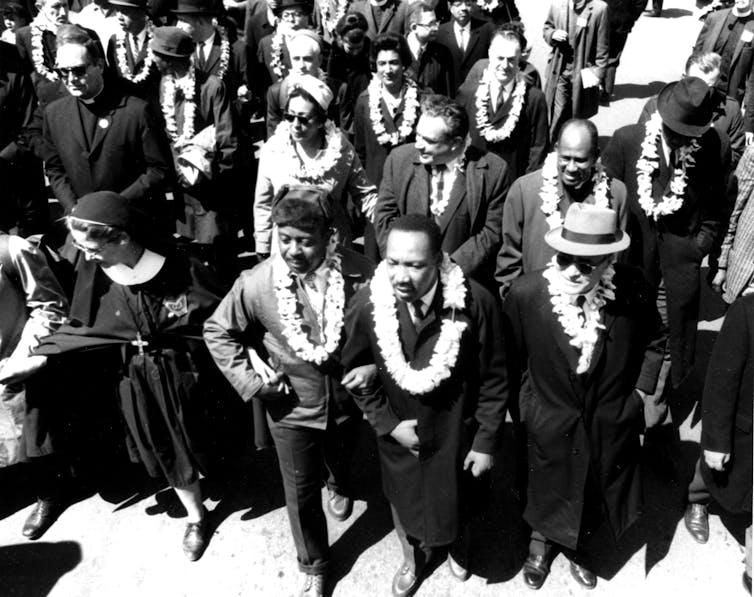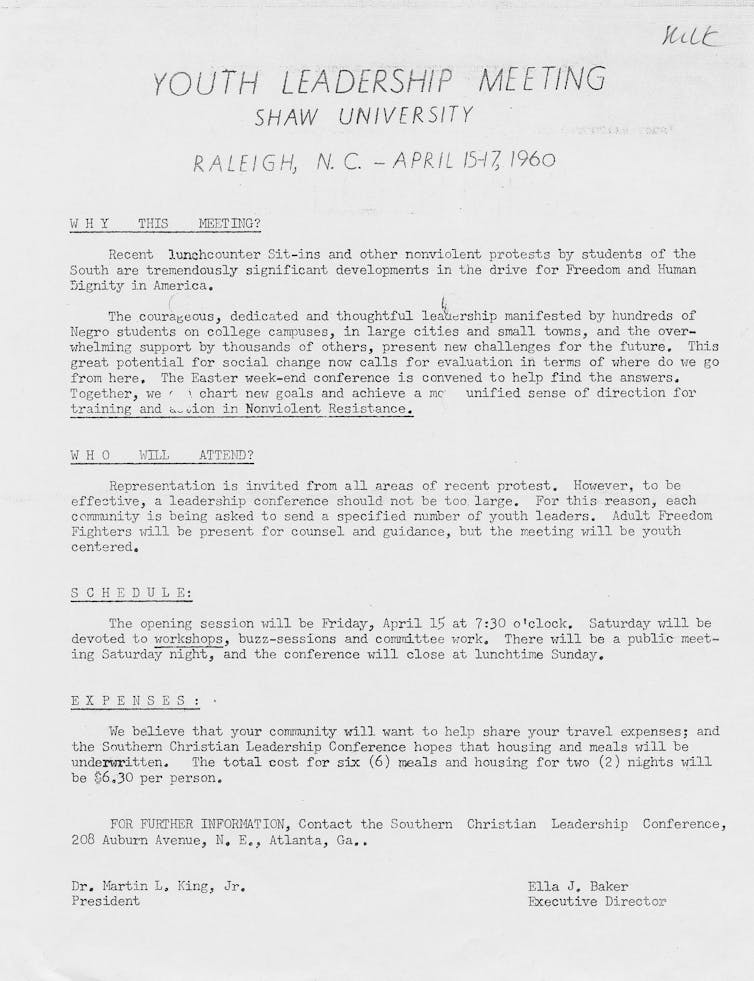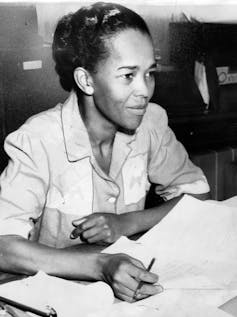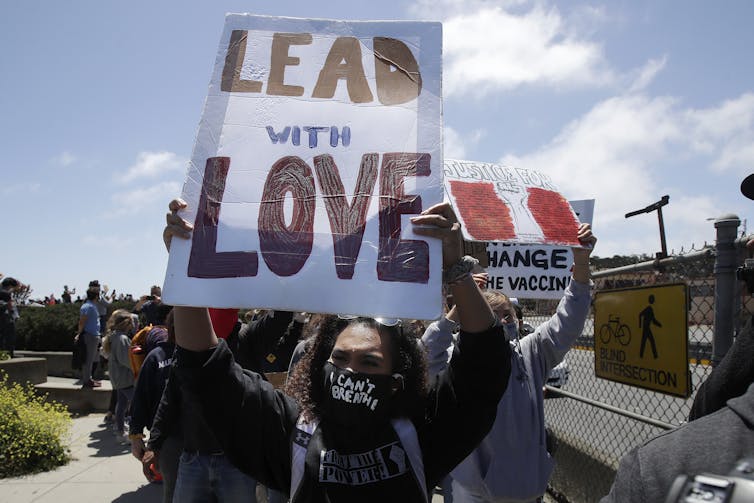Dear Sir / Madam
I hope you are doing well
(I believe building a trust is one of basics that we learn while we grow inside the family and then in school and (then the door is open)
I found these topics are vary valuable (I will do my best in detailing it and I will focus on it )
I hope you like it
Please visit the source for full topic
The Source
1. Be true to your word and follow through with your actions
The point of building trust is for others to believe what you say. Keep in mind, however, that building trust requires not only keeping the promises you make but also not making promises you’re unable to keep.
Keeping your word shows others what you expect from them, and in turn, they’ll be more likely to treat you with respect, developing further trust in the process.
2. Learn how to communicate effectively with others
Poor communication is a major reason why relationships break down. Good communication includes being clear about what you have or have not committed to and what has been agreed upon.
Building trust is not without risk. It involves allowing both you and others taking risks to prove trustworthiness. To navigate this, effective communication is key. Without it, you may find the messages you’ve intended to send aren’t the messages that are received.
3. Remind yourself that it takes time to build and earn trust
Building trust is a daily commitment. Don’t make the mistake of expecting too much too soon. In order to build trust, first take small steps and take on small commitments and then, as trust grows, you will be more at ease with making and accepting bigger commitments. Put trust in, and you will generally get trust in return.
4. Take time to make decisions and think before acting too quickly
Only make commitments that you are happy to agree to. Have the courage to say “no,” even when it disappoints someone. If you agree to something and can’t follow through, everyone involved is worse off.
Be clear about what you have on your plate, and keep track of your commitments. Being organized is a necessary part of building trust with family, friends, and colleagues. It enables you to make a clear decision as to whether to agree to requests of your time and energy.
5. Value the relationships that you have—and don’t take them for granted
Trust often results from consistency. We tend to have the most trust in people who are there for us consistently through good times and bad. Regularly showing someone that you’re there for them is an effective way to build trust.
6. Develop your team skills and participate openly
When you take an active role in a team and make contributions, people are more likely to respect and trust you. It’s also imperative when building trust in a team to show your willingness to trust others.
Being open and willing to make contributions and to engage demonstrates this. In other words, take what others say into consideration, show that you are listening actively, suggest your thoughts and feedback in a respectful way, and demonstrate that you are willing to be part of the team.
7. Always be honest
The message you convey should always, always be the truth. If you are caught telling a lie, no matter how small, your trustworthiness will be diminished.
8. Help people whenever you can
Helping another person, even if it provides no benefit to you, builds trust. Authentic kindness helps to build trust.
9. Don’t hide your feelings
Being open about your emotions is often an effective way to build trust. Furthermore, if people know that you care, they are more likely to trust you.
Emotional intelligence plays a role in building trust. Acknowledging your feelings, learning the lessons that prevail, and taking productive action means that you won’t deny reality—this is the key to building trust.
10. Don’t always self-promote
Acknowledgment and appreciation play an important role in building trust and maintaining good relationships. Recognizing and appreciating the efforts of others shows your talent for leadership and teamwork and increases the trust others have in you.
On the other hand, if people don’t demonstrate appreciation for a good deed, they appear selfish. Selfishness destroys trust.
11. Always do what you believe to be right
Doing something purely for approval means sacrificing your own values and beliefs. This decreases trust in yourself, your values, and your beliefs. Always doing what you believe is right, even when others disagree, will lead others to respect your honesty.
Interestingly, when building trust, you must be willing to upset others on occasion. People tend not to trust those who simply say whatever they think others want to hear.
12. Admit your mistakes
When you attempt to hide your mistakes, people know that you are being dishonest. By being open, you show your vulnerable side, and this helps build trust with other people.
This is because they perceive you to be more like them—everyone makes mistakes. If you pretend that you never make mistakes, you’ll make it difficult for others to trust you because you have created an unnecessary difference between the two of you. When all that a person sees is the “perfection” you project, they likely won’t trust you.
How to Build Trust With Your Partner in a Marriage or Relationship
Andrea Bonior, a licensed clinical psychologist, professor, and author, shares the following advice for building trust with a partner in a marriage or relationship. Bonior suggests that trust is necessary for emotional intimacy and that it’s necessary for a healthy, close relationship (2018). It’s much easier and faster to lose trust than it is to build it up.
To develop trust with your partner, Bonior suggests you “say what you mean and mean what you say” (2018).
As young children, we quickly learn to tell if someone is being untruthful. It may be that someone doesn’t follow through with their promises, or a parent makes threats they don’t follow through on. This form of self-protection evolved to help us survive, so nearly all of us are able to notice the “proverbial boy crying wolf” (Bonior, 2018).
As we grow older, we finetune our expectations and behavior by learning not to trust an untruthful person, which helps protect ourselves from being let down again. So, when trying to develop trust in a relationship, don’t say things that you won’t follow through with.
It’s also important not to say things that don’t accurately reflect how you feel. Consistently telling lies, even if they feel small or inconsequential, will result in the other person no longer trusting what you say (Bonior, 2018).
Another aspect of building trust is to become increasingly vulnerable in the relationship as it develops. People feel trust when they rely on one another. In the relationships we have, we build trust through vulnerability (Bonior, 2018). Part of this will happen automatically over time through our daily interactions—such as feeling assured that our partner will be there if they have offered to pick us up from work (Bonior, 2018).
It is also important to be emotionally vulnerable (Bonior, 2018). Building trust requires you to open yourself up to the potential risk of being hurt. This could be revealing things that scare you or exposing aspects of yourself that you don’t consider attractive (Bonior, 2018). In other words, trust is developed when our partners have the chance to let us down or hurt us, but they don’t.
Respect plays an important role in trust. One of the most emotionally enduring ways we can be harmed by our partners is if they belittle us or look at us with condescension or contempt, because a lack of respect destroys trust (Bonior, 2018).
Any relationship, even that between a sales assistant and customer, involves a basic level of trust, and thus respect (Bonior, 2018). But maintaining that basic level of respect becomes even more important the more emotionally intimate the relationship is (Bonior, 2018).
Unfortunately, we occasionally show our partners our worst qualities. We may be more prone to lash out at people we are close to than we would at a stranger. We lose sight of the fact that respect is even more significant to those we love due to the harm that lack of respect over time will cause (Bonior, 2018).
It’s not necessary to be perfectly polite all the time with your partner. However, remember that every time you treat your partner in a way that breaches a basic level of respect, you will damage the connection you have. Plus, it will make it more challenging for your partner to trust you over time (Bonior, 2018).
Additionally, to build trust with your partner, be prepared to give him or her the benefit of the doubt. For this idea, Bonior gives the example of a patient and his doctor, who he’s been seeing for ten years and who he trusts and respects (2018).
Bonior describes the difference between how the patient feels about the trusted doctor’s opinion and the opinion of a doctor whom the patient has never seen before. While the patient may be prepared to have confidence in the new doctor because of her medical qualifications, it is likely that he will feel a lot more comfortable with the doctor with whom he has developed trust.
It may even be easier for him to hear difficult or surprising medical news from his regular doctor because he will be prepared to give the doctor the benefit of the doubt because of the trust and history they share (Bonior, 2018).
One more way to build trust in a relationship is to express your feelings in a functional, helpful way (Bonior, 2018). An important component of emotional intimacy is being able to talk about one’s feelings without shouting, verbally attacking, or shutting down the conversation (Bonior, 2018).
Therefore, in order to build trust, develop ways of discussing difficult feelings that are collaborative and respectful. To build trust, you need to give him or her the chance to connect with the “real” you—which includes your emotional complexity (Bonior, 2018).
Finally, to build trust with your partner in a marriage or relationship, it is important to consider reciprocity (Bonior, 2018). In other words, be willing to give as well as receive. It is necessary for both partners to feel comfortable with the levels of giving and receiving.
Picked Another Part
How to Develop Self-Trust
The fact of the matter is that you can never count on another person 100% of the time. However, there is one person we know that we can count on: ourselves. As Johann Wolfgang von Goethe said,
Self-trust is an important concept, as possessing it enables you to protect your own needs and safety (Tartakovsky, 2018). It allows you to have faith that you will make it through challenging situations and allows you to practice kindness toward yourself rather than pursuing perfection.
Self-trust includes having an awareness of your thoughts and feelings and being able to express them (Tartakovsky, 2018). To gain self-trust, honor your emotions and avoid relying on the opinions of others (Fahkry, 2016). This allows you to develop trust in your own ability to handle whatever arises. Self-trust is acquired by nurturing our deepest thoughts (Fahkry, 2016).
Self-trust also includes living according to your own standards and ethics and knowing when to put your own needs firsts. Having self-trust requires knowing that you can endure mistakes. Self-trust also enables you to pursue what it is that you want.
Avoid people who undermine your self-trust. Often, these people use you, and don’t want you to succeed (Tartakovsky, 2018). Although as children we often cannot control the negative people we have in our lives, as adults, we can certainly consider whether people support us and whether we actually want them in our lives (Tartakovsky, 2018).
Keep promises to yourself. Honor the commitments you make yourself, whether it be pursuing goals you set or following your dreams (Fahkry, 2016). An important part of this is making promises to yourself and keeping them (Tartakovsky, 2018).
One example of such a commitment is creating and sustaining a personal boundary. Or, go to bed earlier, or visit the doctor for a check-up (Tartakovsky, 2018). Building self-trust also includes becoming your own best friend.
Speak kindly to yourself. Everyone has a harsh inner critic, which sometimes takes the voice of a parent or a teacher from your past who made you think you weren’t good enough. However, you can reduce or eliminate the habit of listening to your inner critic. Try being more kind to yourself.
For example, if you make a mistake, you may immediately think, “I’m so stupid!” Instead, try saying to yourself, “That’s okay. It was just a minor error.” Showing yourself compassion when you make a mistake enables you to show a greater understanding of others when they make mistakes (Tartakovsky, 2018).
Self-trust is not about perfection—you must have faith in your own capacity to overcome a slip-up or failure. Self-trust is nurtured through us connecting with our emotional well-being and paying attention to any disturbances we may notice (Fahkry, 2016).
Check in with yourself. Ask yourself, “How am I doing?” Find out what is going on inside yourself rather than simply dismissing an emotional disturbance (Fahkry, 2016).
In other words, be mindful of your inner experiences (Fahkry, 2016). Self-trust develops when we honor our whole selves, regardless of whether or not we approve of certain aspects of ourselves
Picked also this part
Qautes
10 Quotes on Building Trust
There are even more quotes on trust and trust issues that are available from Quote Ambition (n.d.). Here are a few:
Trust but verify.
Ronald Reagan
To be trusted is a greater compliment than being loved.
George MacDonald
Trust starts with truth and ends with truth.
Santosh Kalwar
The best way to find out if you can trust somebody is to trust them.
Ernest Hemingway
Whoever is careless with the truth in small matters cannot be trusted with important matters.
Albert Einstein
Trust has to be earned, and should come only after the passage of time.
Arthur Ashe
Only trust someone who can see these three things in you: the sorrow behind your smile, the love behind your anger, and the reason behind your silence.




